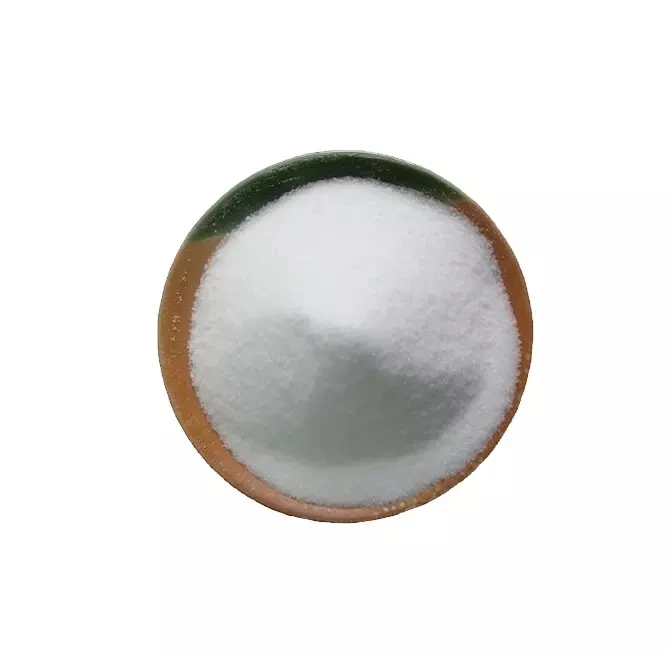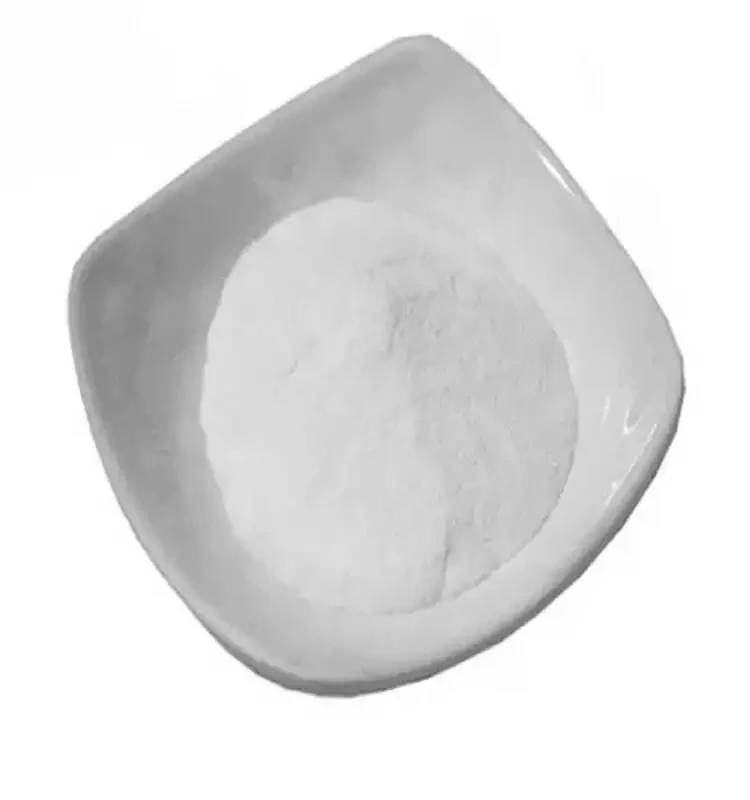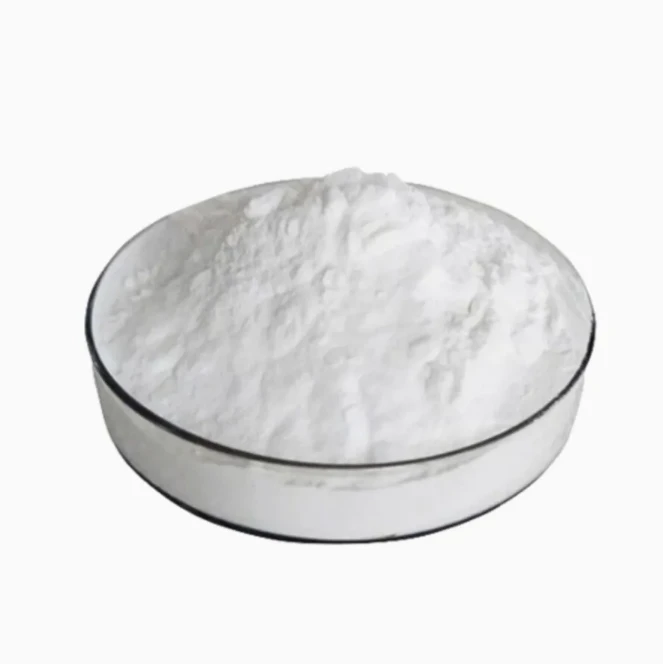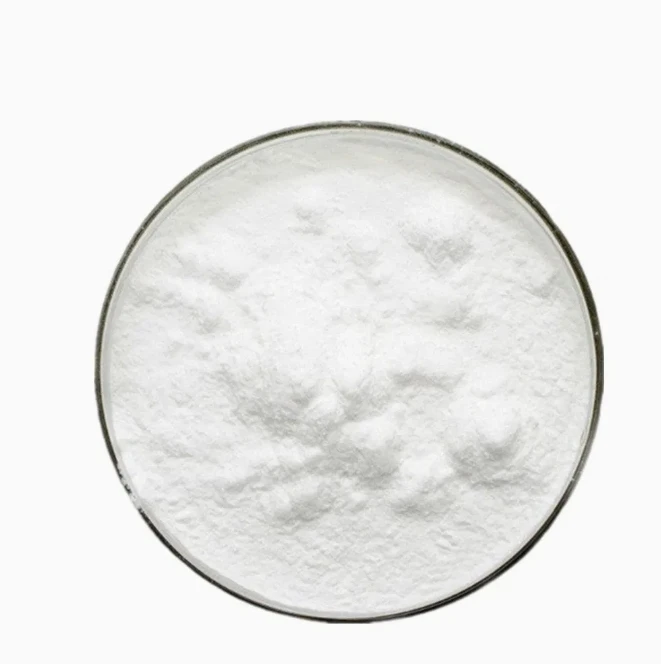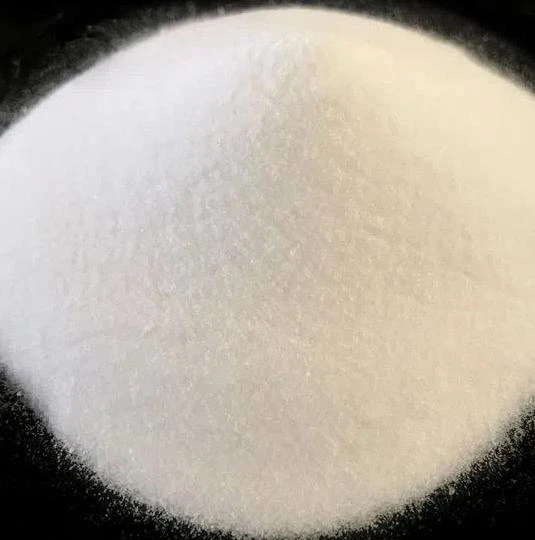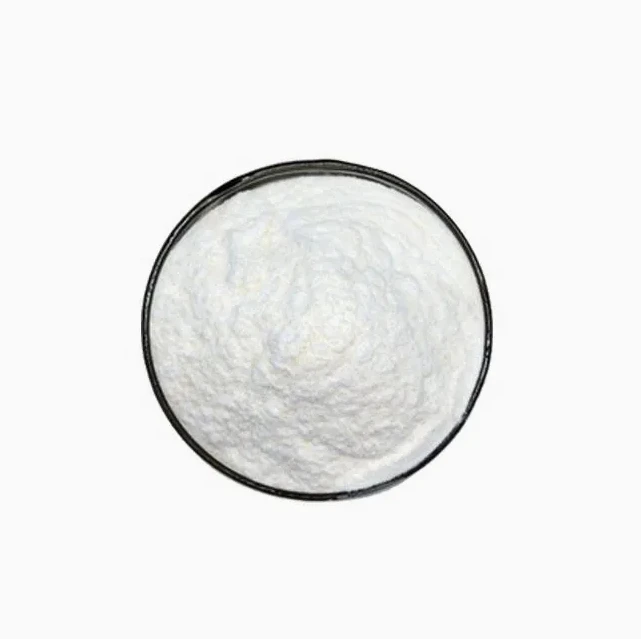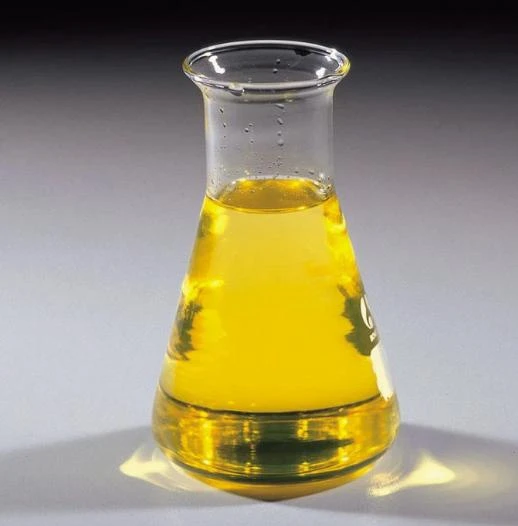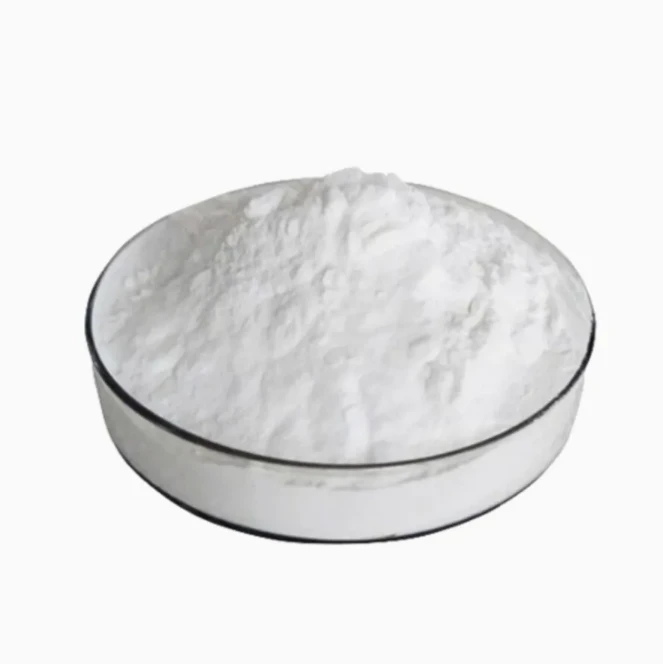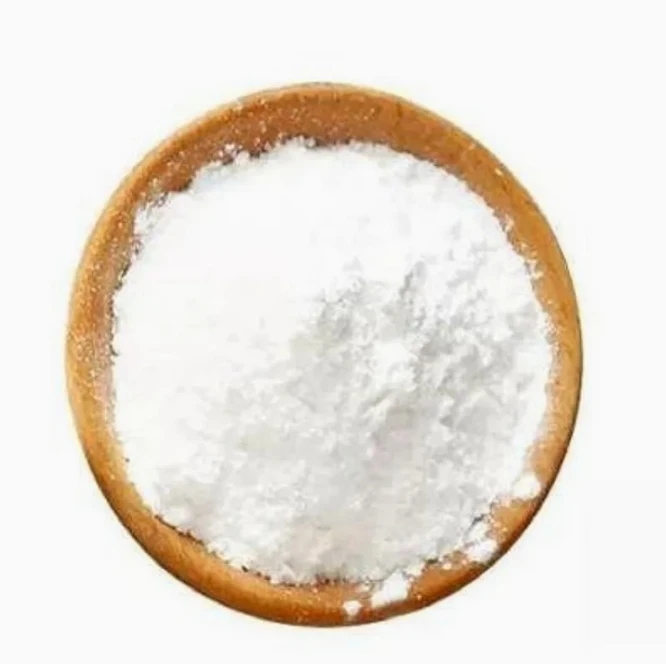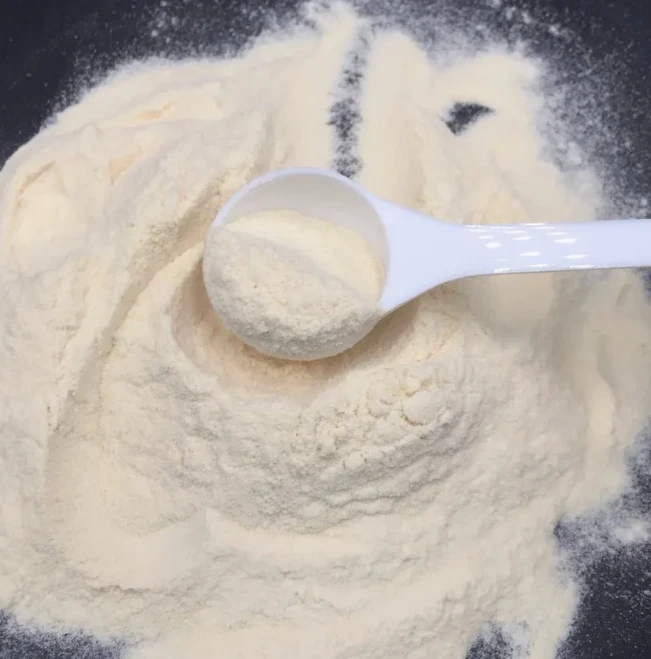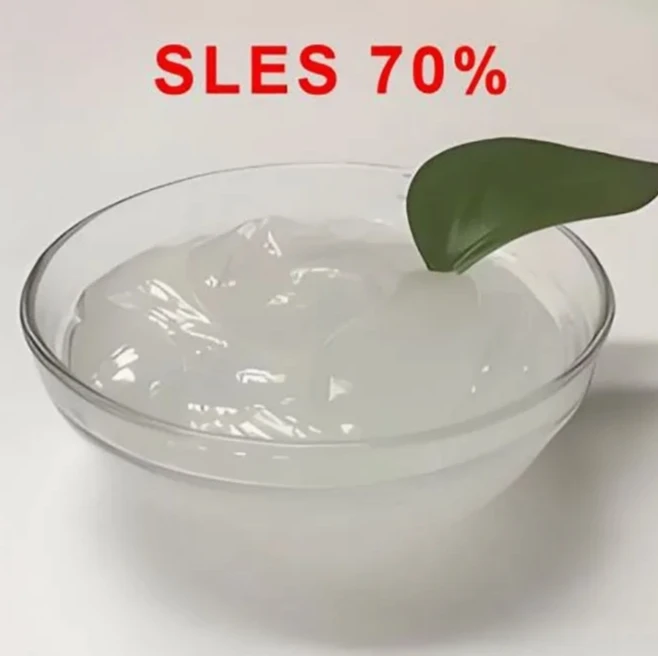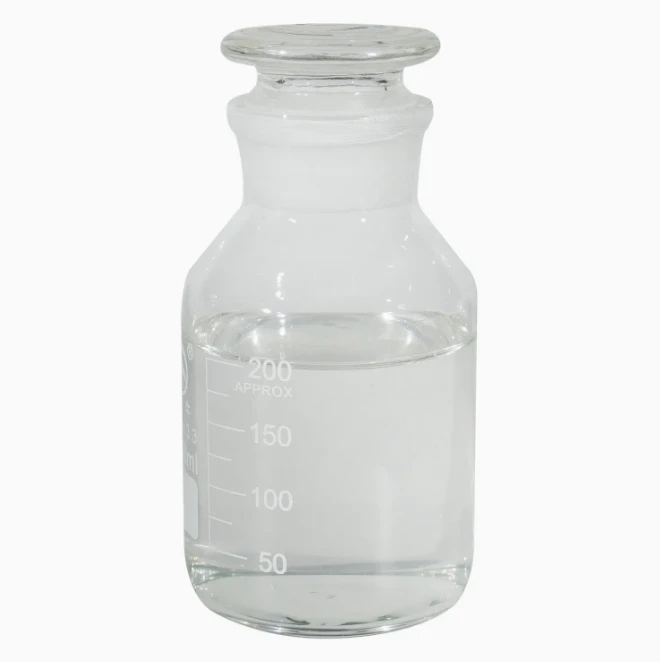 Email: sale@hebeidisha.com
Email: sale@hebeidisha.com
 Tel: +86 13315186550
Tel: +86 13315186550
- Aprikano
- Albaniano
- Amharic
- Arabiko
- Armenian
- Azerbaijani
- Basque
- Belarusian
- Bengali
- Bosnian
- Bulgarian
- Catalan
- Cebuano
- China
- China (Taiwan)
- Corsican
- Croatiano
- Czech
- Danish
- Dutch
- English
- Esperanto
- Estonian
- Finnish
- Pransiya
- Frisian
- Galician
- Georgian
- Aleman
- Griyego
- Gujarati
- Haitian Creole
- hausa
- hawaiian
- Hebreohanon
- dili
- Miao
- Hungarian
- Icelandic
- igbo
- Indonesian
- irish
- Italyano
- Hapon
- Javanese
- Kannada
- kazakh
- Khmer
- Rwandan
- Koreano
- Kurdish
- Kyrgyz
- TB
- Latin
- Latviano
- Lithuanian
- Luxembourgish
- Macedonian
- Malgashi
- Malay
- Malayalam
- Maltese
- Maori
- Marathi
- Mongolian
- Myanmar
- Nepali
- Norwegian
- Norwegian
- Occitan
- Pashto
- Persianhon
- kahamis
- Portuges
- Punjabi
- Romaniano
- Ruso
- Samoano
- Scottish Gaelic
- Serbiano
- English
- Shona
- Sindhi
- Sinhala
- Slovak
- Slovenian
- Somali
- Kinatsila
- Sundanese
- Swahili
- Swedish
- Tagalog
- Tajik
- Tamil
- Tatar
- Telugu
- Thai
- Turko
- Turkmen
- Ukrainiano
- Urdu
- Uighur
- Uzbek
- Vietnamese
- Welsh
- Tabang
- Yiddish
- Yoruba
- Zulu
Lactose Monohydrate
Anhydrous Lactose is a naturally occurring simple carbohydrate, or sugar, found only in the milk of mammals. For this reason, it is also commonly referred to as "milk sugar." All commercial lactose is obtained from the milk of cows as a by-product of the dairy industry. Chemically, lactose is the disaccharide of the simple sugars D-galactose and D-glucose (Figure 1). In other words, the lactose molecule comprises one molecule of D-galactose chemically linked to one molecule of D-glucose. Lactose exists in two isomeric forms, known as alpha and beta (designated a-lactose and b-lactose).
Mainly used for: as the powdery food pigment adsorption dispersant, reduce the pigment concentration, easy to use and reduce discoloration during storage. Advantage of the characteristics of easy compression forming and low water imbibition, a tablet excipients, etc. Use lactose caramelization low temperature (163 ºC. The hydrolysis of sucrose into glucose 154.5 ºC, lactose is only 129.5 ºC), the characteristics of for some special baked goods, can be obtained under low baking temperature deep yellow to caramel color. Other have prevent crystallization, to reduce the sweetness, prevent caking and enhance aroma, and so on. Used for baby food, sweets and margarine, etc.
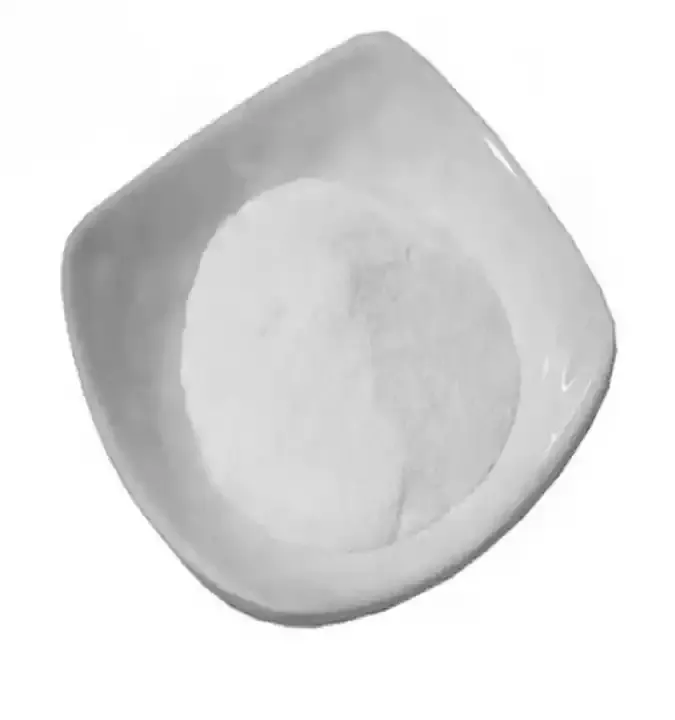
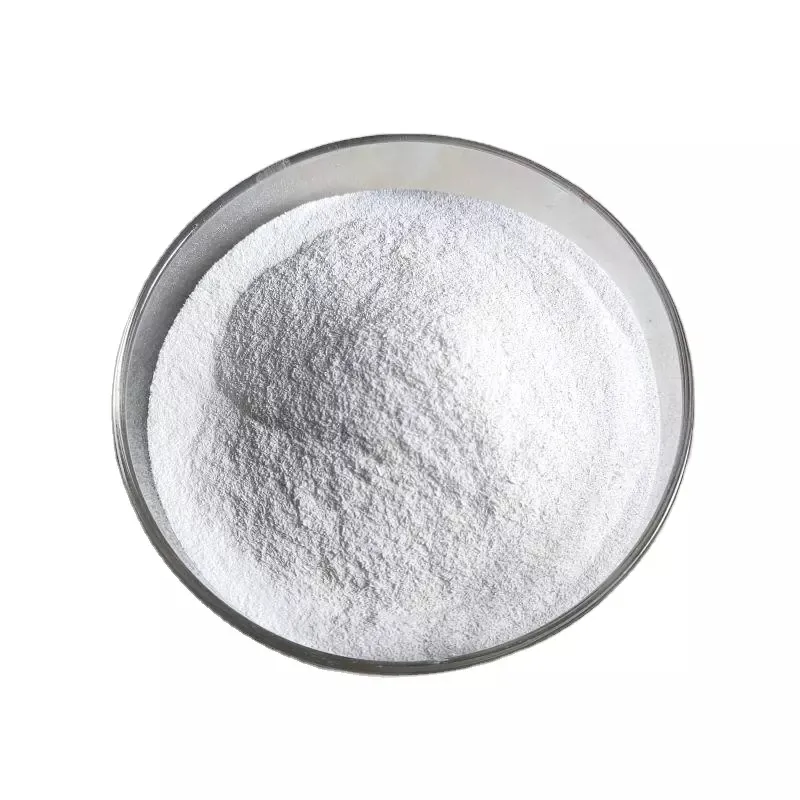
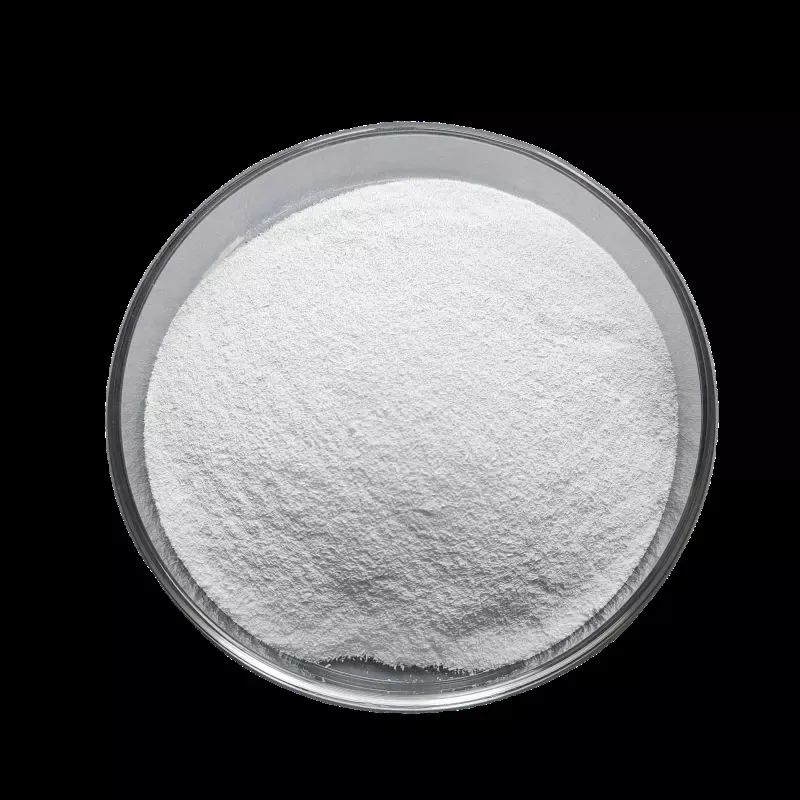
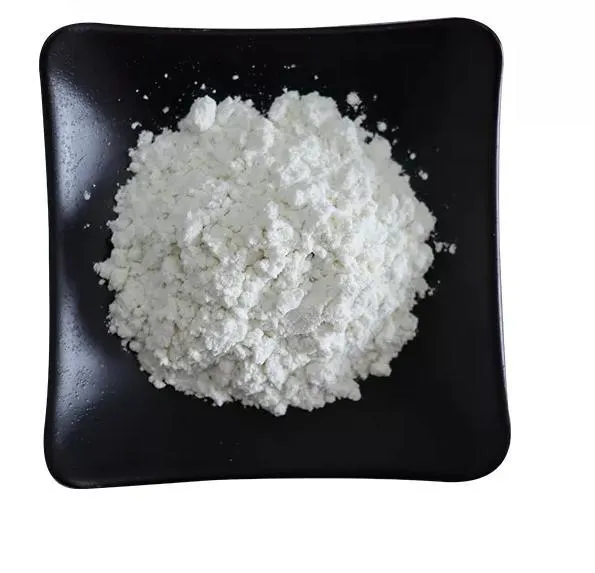
1. As an absorbent dispersant for powder food pigment, it can reduce the pigment concentration, facilitate the use and reduce the discoloration during storage.
2. Using the characteristics of easy compression forming and low water absorption, it is used as an excipient.
3. The caramelization temperature of lactose was low (sucrose 163ºC).Glucose 154.5ºC, lactose only 129.5ºC), for some special baked foods, at lower baking temperatures to obtain a deeper yellow to caramel color.
4. Other has prevents the crystallization, reduces the sweetness,
Lactose widely used in making baby food, candy, margarine, etc., it can also be used as medium, chromatogram absorbent and excipient, etc
Lactose is commonly used in baby food. It is also widely used in beverages, western sausages, sauces, instant foods, spice blends and meat products in the food industry to supplement low sweetness, enhance aroma, prolong sales period and increase product value.
Lactose other derivatives, such as heteroemulsified sugars, can also be made for the processing of different foods and are often used as tablets.
Kami adunay daghang mga de-kalidad nga pabrika nga adunay lawom nga kooperasyon, nga makahatag kanimo og taas nga kalidad nga mga produkto ug mga presyo sa kompetisyon. Ug makahatag usab kami og mga diskwento alang sa dinaghan nga pagpalit.Ug kami nakigtambayayong sa daghang mga propesyonal nga kompanya sa pagpasa sa kargamento, makahatud sa mga produkto nga luwas ug hapsay sa imong mga kamot. Delivery panahon mao ang mahitungod sa 3-20 ka adlaw human sa pagkumpirma sa pagbayad.
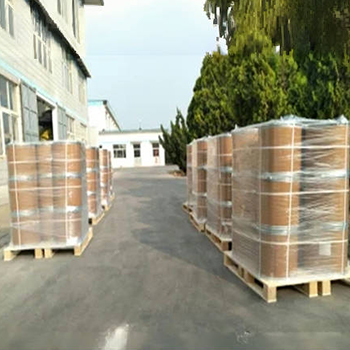
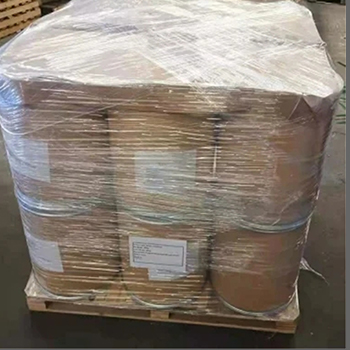
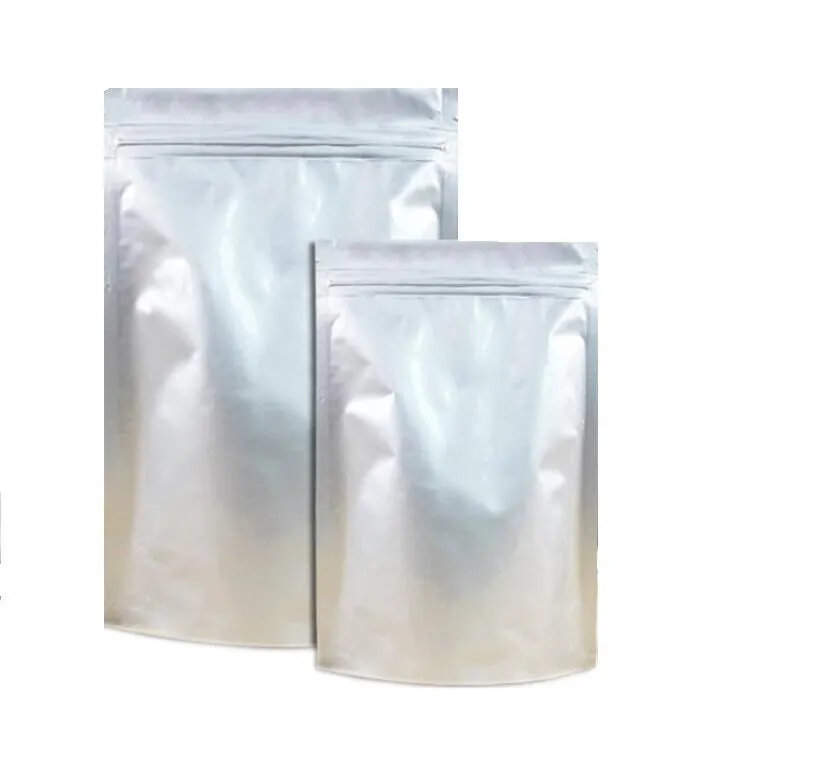

| Tests | Limits | Resulta | ||||
| Panagway |
White crystalline powder |
White crystalline powder |
||||
| Solubility |
Pass the test |
Compliance |
||||
| Appearance of solution |
Pass the test |
Compliance |
||||
| Acidity or alkalinity |
Pass the test |
Compliance |
||||
| Specific optical rotation |
+55.4°~+55.9° | +55.3° | ||||
| Absorbance |
Pass the test |
Compliance |
||||
| Water |
4.5%~5.5% | 5.1% | ||||
| Sulfated ash |
NMT0.1% | 0.04% | ||||
| Particle size |
|
99.8% 59.8% |
||||
| Bulk density |
0.49g/ml | 0.49g/ml | ||||
| Microbial limit |
Pass the test |
Compliance |
||||
| Test results: qualified | The result above meet all requirements under Lactose monohydrate in BP 2019 | |||||
Lactose monohydrate is a sugar compound that consists of a molecule of lactose and one molecule of water. It is commonly used as an excipient or filler in pharmaceuticals, as well as in various food and beverage products.
Chemical Structure: Lactose monohydrate is a disaccharide composed of two sugar units, glucose and galactose, linked by a β-glycosidic bond. The monohydrate form indicates the presence of one molecule of water associated with each molecule of lactose.
Source: Lactose is naturally found in milk and dairy products. Lactose monohydrate used in commercial applications is typically derived from cow's milk through a purification and drying process.
-
Lactose widely used in making baby food, candy, margarine, etc., it can also be used as medium, chromatogram absorbent and excipient, etc
Lactose is commonly used in baby food. It is also widely used in beverages, western sausages, sauces, instant foods, spice blends and meat products in the food industry to supplement low sweetness, enhance aroma, prolong sales period and increase product value.
Lactose other derivatives, such as heteroemulsified sugars, can also be made for the processing of different foods and are often used as tablets.

1. Ikaw ba usa ka pabrika o usa ka kompanya sa pamatigayon?
Kami usa ka compnay nga naghiusa sa industriya ug pamatigayon, nga naghatag ug one-stop service.OEM mahimong dawaton.
2. Naghatag ka ba og mga sampol? Libre ba kini o sobra?
Libre nga mga sample.Ang bayad sa kargamento sa sample kinahanglan nga ibayad sa imong kiliran.
3. Aduna ka bay mga sertipiko nga may kalabutan sa pagkontrol sa kalidad?
ISO 9001: 2008 nga sertipikasyon aron masiguro ang kalidad.
4. Unsa ang akong ihatag aron makakuha og kinutlo?
Pls ipahibalo kanamo ang tipo sa produkto nga imong gikinahanglan, gidaghanon sa pag-order, adres ug piho nga mga kinahanglanon. Ang kinutlo himuon alang sa imong pakisayran sa oras.
5. Unsa nga matang sa paagi sa pagbayad ang imong gusto? Unsang matanga sa mga termino ang gidawat?
Gidawat nga Delivery Terms: FOB, CFR, CIF, EXW;
Gidawat nga Bayad nga Salapi:USD;
Gidawat nga Uri sa Pagbayad: T / T, Western Union; Paypal, Trade Assurance.
Pinulongan nga Gisulti: English.
Mga kategoriya sa produkto


